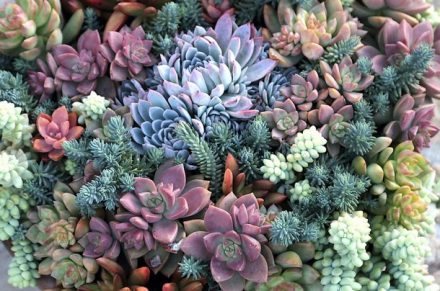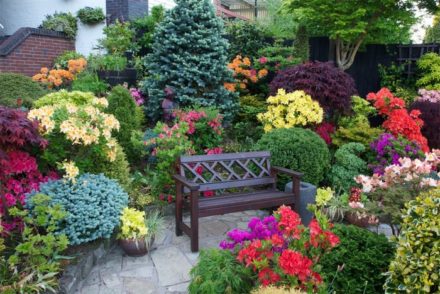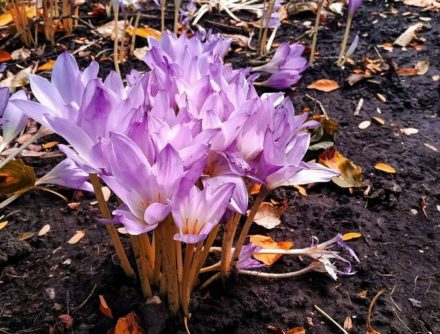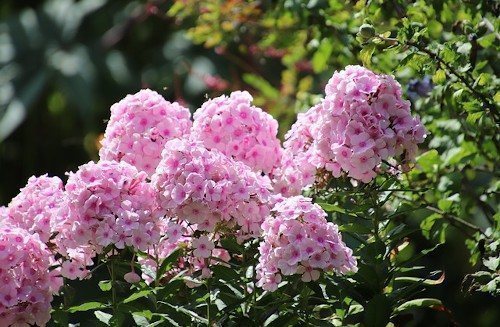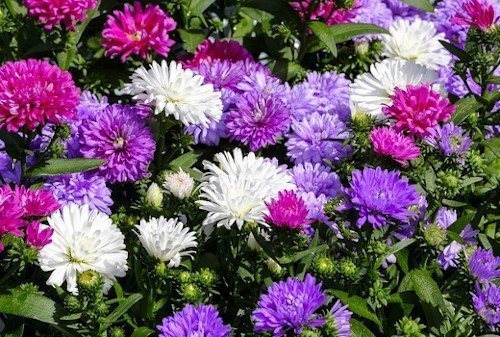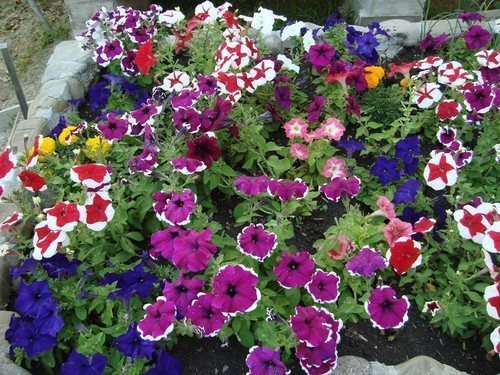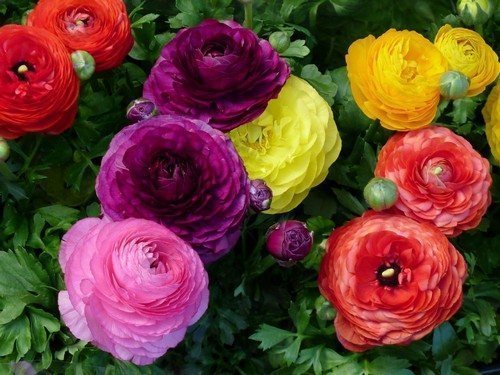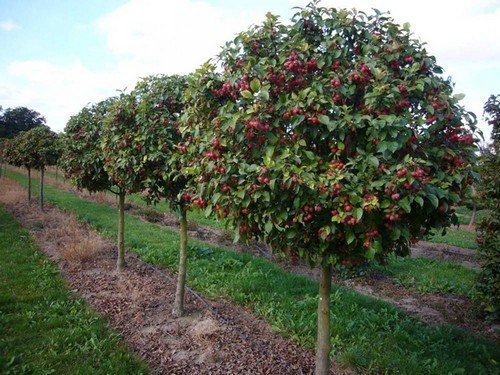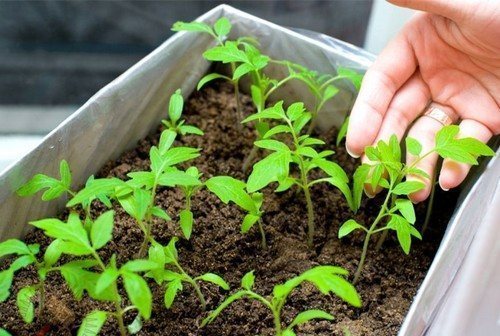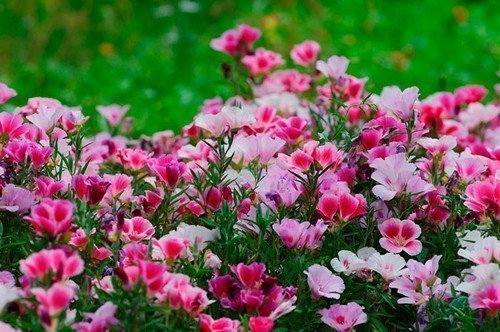In the summer, going out into the yard or looking out the window, it’s nice to see a beautiful blooming garden that is so pleasing to the eye. Everyone’s dream is to have a bright, original flower garden in front of their house, when they see it they want to stop and admire its beauty. However, not everyone realizes how much work and love has to be put into these plants. To achieve satisfaction from the work done, you need to know some rules for arranging flower beds and combining plants with each other.
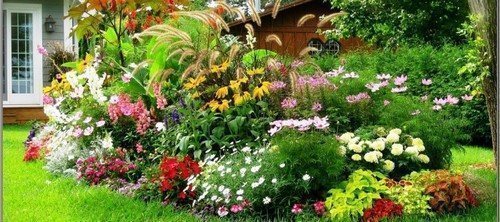
Selecting a location
First, we choose the location of the future flower garden. It depends on the type of plants that will settle here. After all, some require a lot of sun, others will grow better in the shade, others require constant and abundant watering, and some require watering once a week.
Having chosen a place, it is better to sketch a diagram of the future flower garden on paper, mark its shape and the arrangement of flowers. Here it is necessary to take into account the height, width of the bushes and flowering time. You should avoid dense planting, as the seedlings will be uncomfortable and this will affect their appearance.
So, the place has been chosen, the diagram is ready, let's proceed to the direct selection of plants and their combinations.
Monochrome flower garden
This type of planting includes a variety of plants, selected in one color, and the different shades give special grace to the planting.
For example, primrose, lily of the valley, hyacinth and bells are suitable for forming a white flower garden. Daffodils, daisies and forget-me-nots are combined with petunias and phlox.
There is no need to plant them all together, just choose 4-5 species. A tiered planting, where tall seedlings are located in the middle and low-growing ones closer to the edge, will give an excellent overview of all the plants.
For violet-blue, forget-me-nots, crocuses, hyacinths and gentian are used. Bells, delphinium, aster, petunia, cornflower, irises, aconite, and viola are combined with them.
You can create pink, red, yellow and other monochrome flower beds.
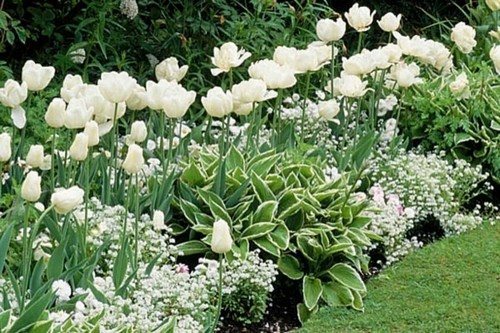
One flower in a palette of colors
A flower bed looks interesting, where plants of different colors are selected, but belonging to the same species. For example, petunias - they are available for sale in a huge range of colors. Suitable for such a flower garden are lilies, peonies, phlox, roses, gladioli - any flowers that can boast a variety of colors and shades. Advantages - no need to select plants that are compatible with each other.
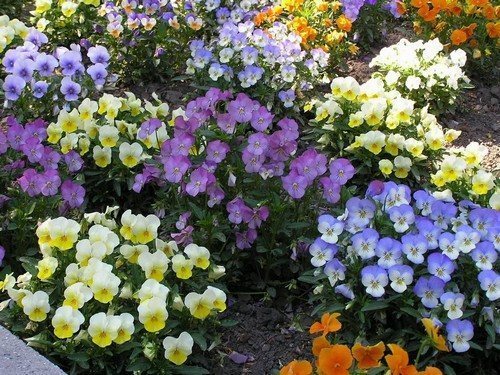
Color harmony
Flower beds made up of plants of different types and colors are popular. The main thing is to choose colors and types that are in harmony with each other. For example, you can avoid excessive variegation by choosing 2-3 primary colors. Or determine the dominant one and complement it with several others, select bushes by height and width.
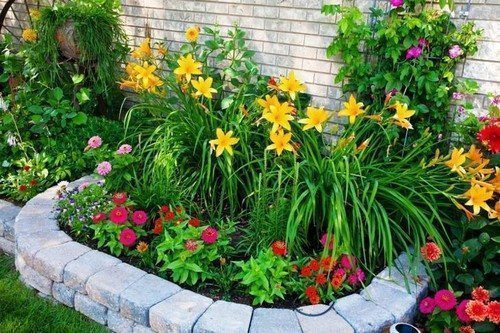
Flower garden without flowers
Flower beds made from succulents are becoming increasingly popular. These plants are easy to transplant, do not require frequent watering and look neat and delightful until October. The variety of succulents allows you to decorate any flowerbed or landscape.The silver-green shade always looks pleasing to the eye, and the short roots allow you to adjust the composition at any time.
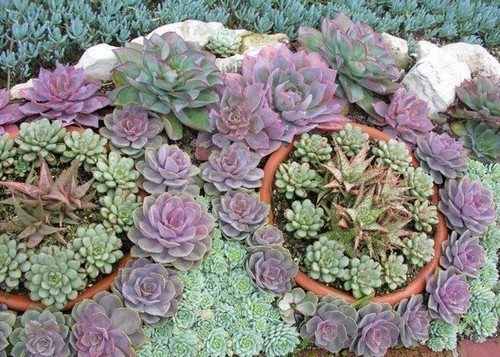
Queen of Flower Gardens
And finally, let's pay attention to the most regal flower - the rose. The mere mention of this plant evokes admiration. The rose itself is already a decoration of the garden. But in a group with other types of plants, the rose looks unprofitable. Therefore, for those who decide to plant a royal flower, this is my advice: feel free to create a rose garden!
Plant roses of the same type in groups, because a flower standing alone does not look attractive. Place tall varieties further away, and low-growing ones closer to the edge. It should not be planted densely; the distance between the bushes should be approximately 30–50 cm, depending on the varieties. Choose a well-lit place, provide watering, and the roses will delight the eye for several years.

Why are flower beds so fascinating? Looking at the grown flowers, a warm wave of feelings arises in the soul. Flowers make us happy and make life more beautiful. And a flower garden grown with your own hands brings great pleasure!


